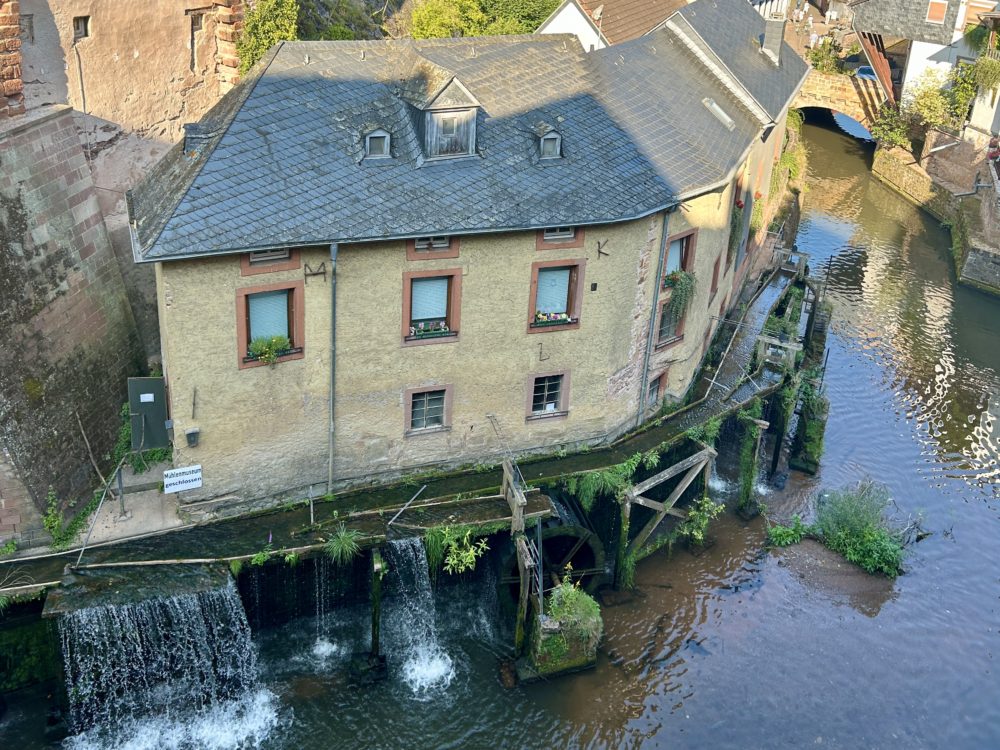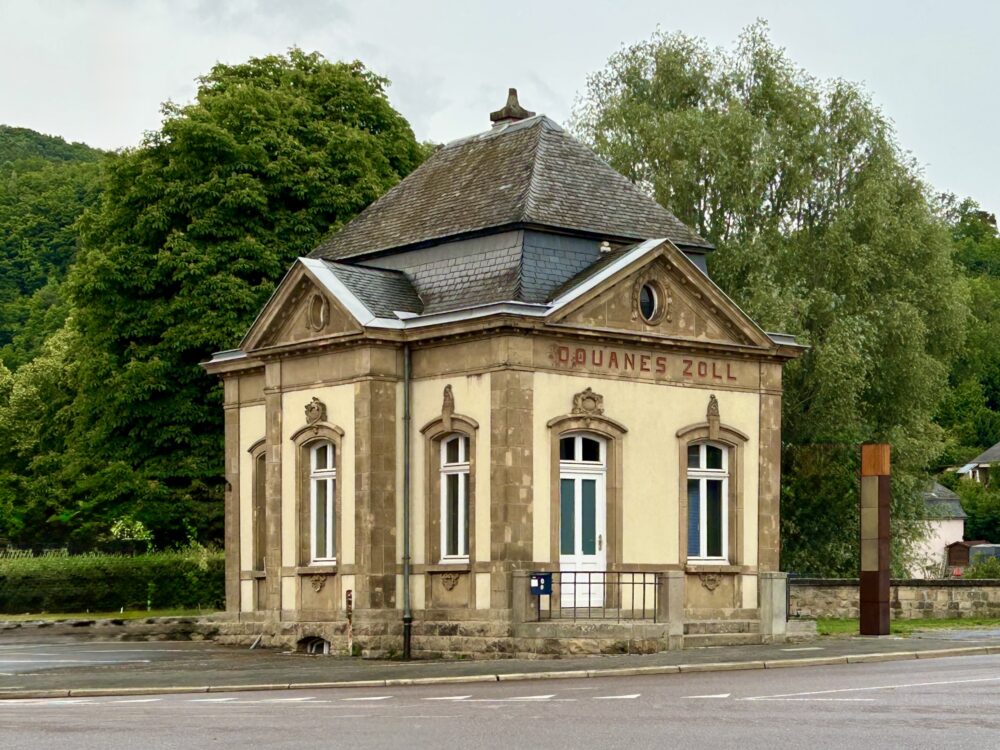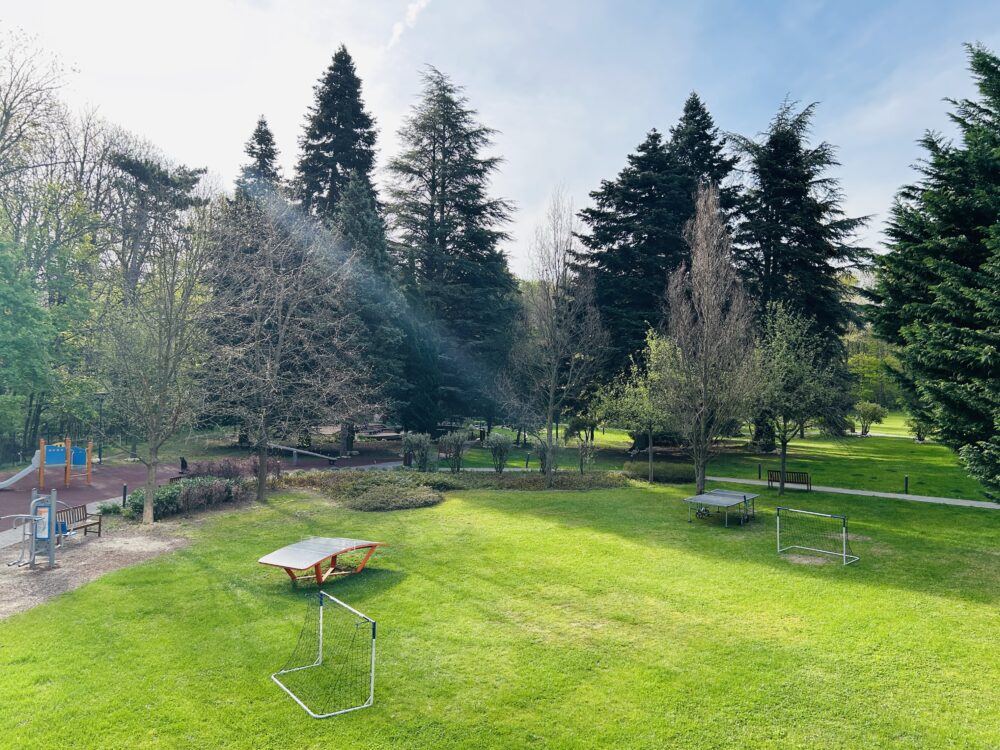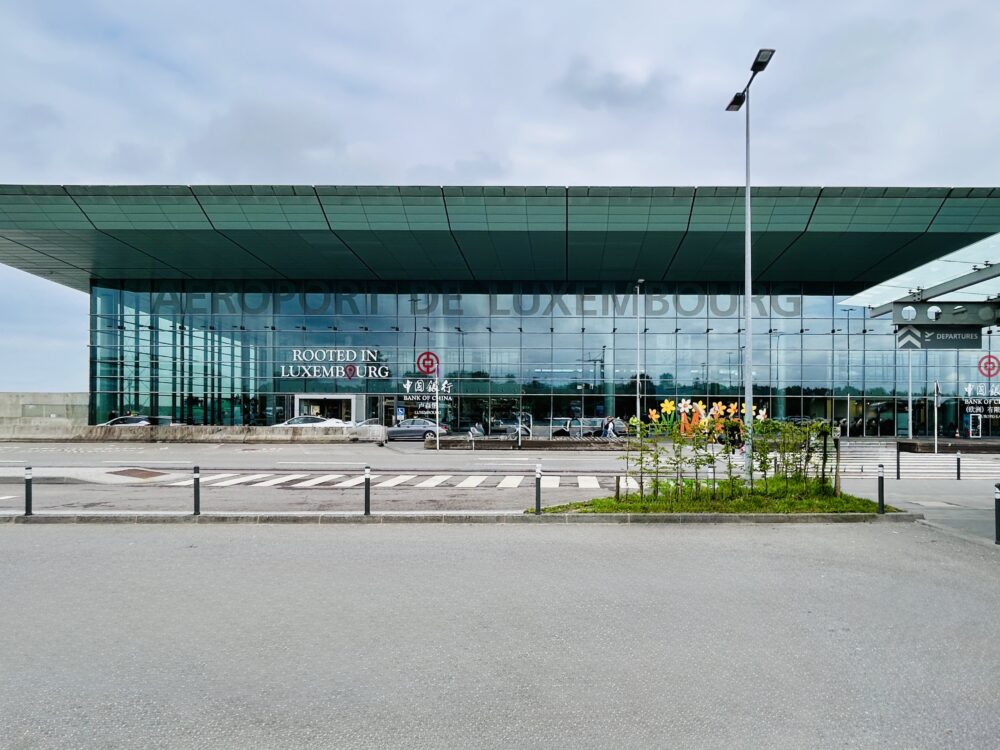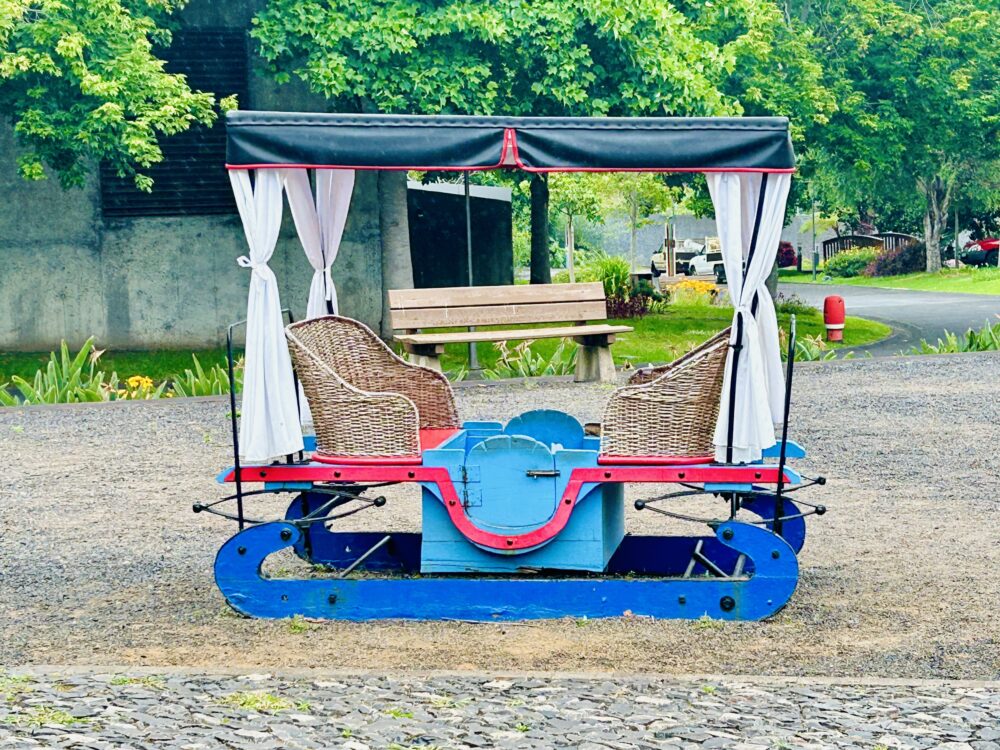In the charming town of Saarburg, the historic mill on the Leuk River stands as a symbol of the region’s rich industrial past and its ongoing cultural significance. This mill, with its picturesque setting and fascinating history, offers a unique glimpse into the evolution of milling and its impact on the local economy.
The History and Importance of the Saarburg Mill
The first mill at the cascade in Saarburg dates back to 1366. Over the centuries, it has undergone several transformations, reflecting the changing needs and technological advancements of the times. The current structure, known as the Hackenberger Mill, was built on the remnants of earlier mills and has served various purposes, including as a power plant in the early 20th century.
The mill’s location at the heart of Saarburg, right by the dramatic waterfall created by the redirected Leuk River, made it an ideal spot for harnessing water power. This natural advantage was crucial for the mill’s operations, allowing it to grind grain and produce flour efficiently. The mill played a significant role in the local economy, supporting the livelihoods of many families and contributing to the town’s prosperity.
Today, the mill houses the Amüseum, a museum that showcases the traditional crafts of Saarburg, including tanning, shoemaking, and bell casting. Visitors can explore the former grinding room, view historical equipment, and learn about the arduous craft of medieval milling.
Watermills in Germany: A Rich Heritage
Germany is home to numerous watermills, each with its own unique history and significance. These mills were vital to the agricultural and industrial development of the regions they served. The country boasts a variety of watermills, from small rural mills to large industrial complexes.
One notable place that is worth to visit is the International Wind- and Watermill Museum in Gifhorn, Lower Saxony. This museum features 16 mills from 12 different countries, showcasing the diverse designs and functions of watermills throughout history. Another significant site is the Kolliger Mühle in the Eifel region, with parts dating back to the 17th century.
The oldest watermills in Germany can be traced back to the early medieval period. By the 7th century, watermills were well established in the Frankish Realm, and their numbers grew significantly over the following centuries. These early mills were crucial for grinding grain, sawing wood, and performing other essential tasks that supported local economies.
#SaarburgMill #HistoricMills #GermanHeritage #Watermills #IndustrialHistory



